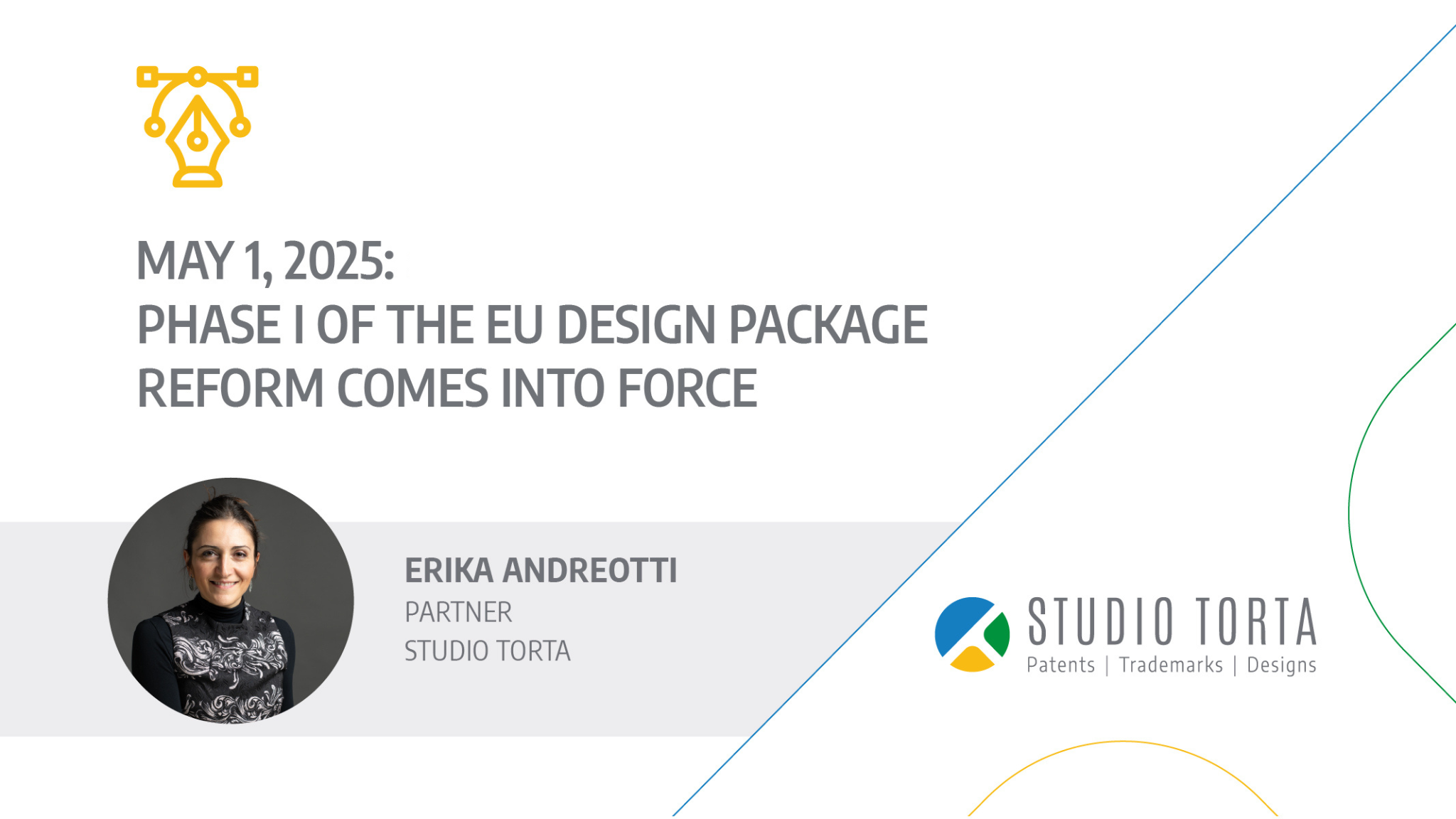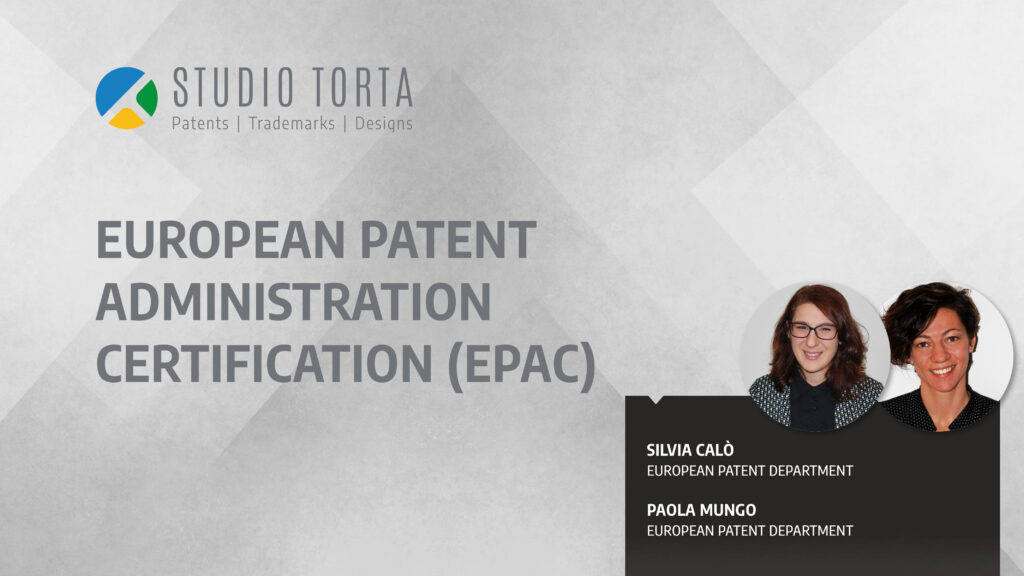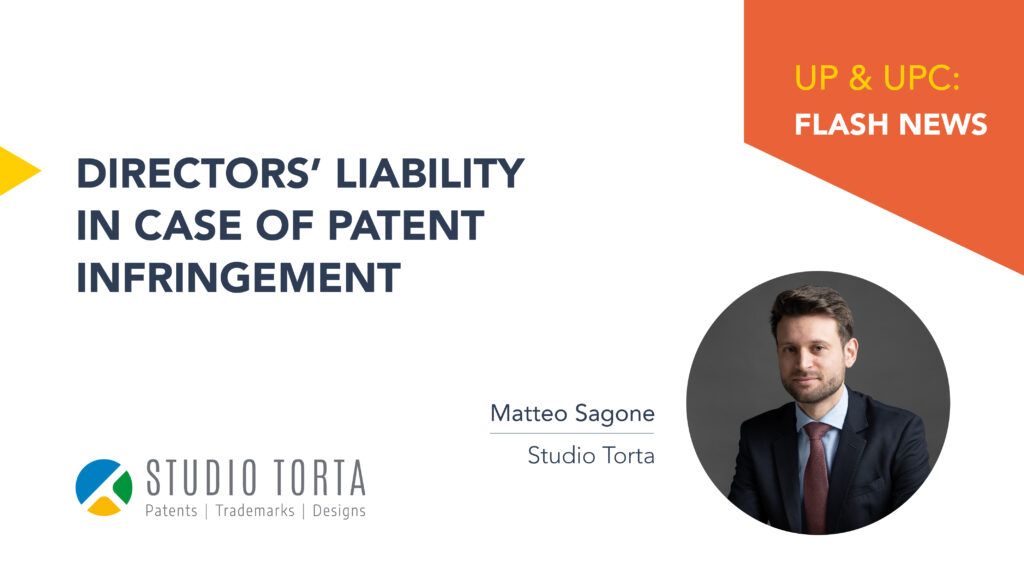On May 1, 2025: Phase I of the “EU Design Package” reform will start
According to the declarations by the EUIPO, this reform aims to:
- Modernize the design protection system in line with current technologies and economic realities.
- Increase legal certainty by reducing complexity and enhancing the accessibility of design rights.
- Harmonize the divergent protection systems for spare parts across the EU.
The reform consists of three key stages:
- Phase 1: May 1, 2025 – Entry into force of the new regulation (Regolamento – UE – 2024/2822 ) and the directive (Direttiva – UE – 2024/2823).
- Phase 2: July 2026 – Entry into force of secondary legislation (implementing regulation and delegated regulation).
- Phase 3: December 2027 – Implementation of the directive by all EU countries, requiring them to align their national design laws with the directive.
The purpose of this article is to provide an overview of the changes introduced by the Reform, with a particular focus on those that may affect your clients’ filing strategies in the EU. The reform affects many aspects, which cannot all be addressed in detail.
New Terminology
The new regulation and directive employ new terminology, in line with the Lisbon Treaty, replacing references to the Community with references to the European Union or, in some instances, the Union. This change began in 2016 with the renaming of the office to EUIPO (European Union Intellectual Property Office).
As a result:
- The Community Design Regulation will become the European Union Design Regulation (EUDR).
- The Registered Community Design and Unregistered Community Design will become the Registered EU Design (REUD) and the Unregistered EU Design (UEUD) respectively.
- Existing Community design applications and Community designs will automatically become European Union design applications and European Union designs (EU designs).
- The Community Design Court will become the EU Design Court.
Filing Date: Requirements for Obtaining it
In line with patents and trademarks, it will no longer be necessary to pay a fee at the time of filing. There will be a one-month period within which the filing fee must be paid to obtain a filing date. In addition, a new requirement for “sufficient clarity” of the representation has been introduced as essential for obtaining a filing date. However, it is not yet clear what is meant by sufficient clarity; these aspects will be addressed in secondary legislation (Phase 2).
Multiple Applications: Abolition of the Same Eurolocarno Class Requirement
The regulation has been amended to completely remove the requirement to claim designs belonging to the same Locarno class in multiple applications. This change is balanced by the introduction of a maximum limit of 50 designs per application. This will be particularly advantageous for holders who need to protect products not always falling within the same Locarno class. For example, in the automotive sector, it will be possible to protect both the external and internal parts of a vehicle (Locarno class 12) together with seats (Locarno class 6) and headlights (Locarno class 26). However, it will be disadvantageous for those who used to file applications with more than 50 designs related to a single Locarno class.
Filing Fees: Simplification and Reduction
The structure of filing fees has been greatly simplified. There is no longer a distinction between the filing fee and the publication fee, and there is no reduction in fees for designs beyond the tenth in a multiple design application. For ease of understanding, the EUIPO scheme is set out below.
To assess the practical impact of the changes, a few simulations are presented below.
Renewal Fees: Significant Increase
Renewal fees for designs have seen a significant increase, following a patent-like approach of exponential increase with each renewal, to encourage holders to maintain only designs in which they are truly interested.
Here is an example of the increases for the renewal of a multiple design comprising 12 designs:
- 1st renewal: €1,800 instead of €1,080 (increase: €720)
- 2nd renewal: €3,000 instead of €1,440 (increase: €1,560)
- 3rd renewal: €4,800 instead of €1,800 (increase: €3,000)
- 4th renewal: €8,400 instead of €2,160 (increase: €6,240)
Additionally, we want to stress that the calculation of the base period for the renewal of EU designs has been modified to align with that of EU trademarks. The base renewal period will now be the six-month period ending on the registration expiry date (and not the last day of the month in which protection ends.
Design Marking: Ⓓ
The regulation introduces the symbol for registered design for the first time. The owner of a registered EU design can inform the public that the design is registered by displaying the letter “D” enclosed in a circle on the product incorporating or applying the design. This notice can be accompanied by the registration number of the design or a hyperlink to the design’s entry in the register. It is understood that the EUIPO has no role in controlling the correct use of the symbol. Incorrect use of the symbol could be linked to acts of unfair competition or violations of national laws within the EU territory.
New Definitions: the Object of Protection and the Rights Conferred by Registered Designs
The amendments to the regulation have explicitly included what was already commonly accepted in the protection (moving design, GUI, assortments of articles, spatial arrangement of objects aimed at creating an internal or external environment). Essentially, the definition of “design” has been expanded to include animation, including movement, transitions, or any other type of animation of such features. The definition of “product” has been revised to explicitly include elements in non-physical form or not constantly visible, whose perception depends on specific conditions. These include, for example, projections or images displayed on electronic screens, which, although not visible when the device is off, can benefit from protection, provided they are clearly illustrated in the material attached to the registration application.
To ensure adequate representation, the regulation allows the use of any visual reproduction means, including digital images and video content, offering greater flexibility in depicting innovative designs. However, to understand the formats of files that can be deposited and the authorized forms for disclaimers in videos, we will have to wait for phase 2.
The new regulation explicitly prohibits the unauthorized creation and distribution of digital files related to a registered design that allow the reproduction, offering, or marketing of the protected design. In other words, the regulation prohibits the dissemination of digital clones and software files intended for the generation of the design through 3D printing, thus strengthening the protection of intellectual property rights in the context of new production technologies.
Spare Parts: The Need to Harmonize the System
To standardize the regulatory situation regarding spare parts in the European Union, the reform has confirmed the so-called “repair clause” both in the regulation and in the directive, essentially obliging EU member states to adopt a common approach. The repair clause allows spare parts manufacturers to reproduce components without violating the rights of original manufacturers, provided these parts are used exclusively to restore the original appearance of the product. But what are spare parts that can benefit from the repair clause?
- parts or components of a complex product
- used to restore the original appearance of the complex product
- visible during normal use
Although the regulation has had a strong reaction in the automotive sector, there is no limitation to any sector and can be applied in other sectors such as advanced machine tools/appliances, etc. To allow governments to adapt to the new provisions, a transition period has been established, during which local authorities will have the opportunity to harmonize their legislation with the new European regulations, reducing current discrepancies. Harmonization, therefore, is still far away.
Grace period: extension to similar designs
The regulation has been modified to extend the benefit of the grace year to similar models disclosed before the application is filed. Thereby, it will be possible to file final designs that are not exactly identical, for example, to prototypes. Essentially, it will be possible to present or test a prototype at a fair or market and then register the final model without fear of conflict between the registered model and the pre-disclosed model.
EU Design Register:
To improve transparency and accuracy of information related to registrations, one of the most relevant innovations is the updating of the register. In particular, the register will now indicate the presentation of a description of the design and will be updated with the annotation of corrections of errors and manifest oversights. Parallelly, modifications to the representation of the design will now be registered, offering more precise and updated documentation. A new fee will also be due for requests to modify a registered EU design.
Registration of Licenses:
The reform introduces new provisions for the registration of design licenses, making the process more transparent and accessible, in line with what is already in place for trademarks. Licenses must be registered with the EUIPO to be enforceable against third parties. This change aims to ensure that license rights are clearly documented and legally recognized.
New Rules on Invalidity
Among the important changes, we highlight that it will no longer be possible to maintain the design in an amended form during an invalidity proceeding (i.e. registration accompanied by a partial disclaimer according to Art. 25(6) of the Council Regulation (EC) No 6/2002 of 12 December 2001 on Community designs).
As a result, it may be very difficult to overcome certain obstacles after registration.
For example, the new reform has defined some new obstacles to registration concerning emblems and insignia of national interest. Correction possibilities are limited by the elimination of the possibility of a partial disclaimer of registration. However, if a design contains irrelevant details that violate the provisions on registration impediments, only in this situation it will be possible to rectify the registration by modifying those details.
Another example relates to the situation where a registered design includes a registered trademark. The possibility of correction by removing the trademark from the registered design is hindered by the removal of the possibility to maintain the design in an amended form during an invalidity proceeding. The holder of the registered design containing a trademark has the right to request proof of the trademark’s use. If the trademark owner fails to prove actual use, he will lose the right to the trademark itself. Conversely, the design holder will no longer be able to amend the registered design by removing the part that conflicts with the trademark and will definitively lose the design.
Another innovation concerns dependent designs, which can now only be admitted with the authorization of the holder of the design on which they depend. Additionally, the regulation allows certain associations or entitled persons to invoke invalidity, thus broadening the scope of action against irregular designs.
Introduction of the “Fast Track” Procedure in invalidation proceedings
With the introduction of Art. 53 bis, a “Fast Track” procedure for invalidation is established, leading to priority invalidity actions if the holder of the opposed design does not file any defence. This procedure aims to block the unserious strategy adopted by “design trolls” who, exploiting a system where no substantive examination is present, file already known designs to hinder competitors who have been using that design for a long time. The operational details of this procedure will be defined in secondary legislation.
Hague System: Lack of Adaptation
To date, the Hague system has not yet adapted to multiclass filing.
As a result, to enjoy the advantages of multiclass filing, it is strictly necessary to use the EU design filing through the EUIPO and therefore through authorized EUIPO representatives.
Our professionals are at your disposal to address any question and interpretative doubt. As we know, changes in the law always give rise to interpretation doubts.
We will therefore keep you informed about any changes introduced by the secondary legislation of Phase 2 and of any clarifications that the EUIPO may issue during this period of legislative novelty.




